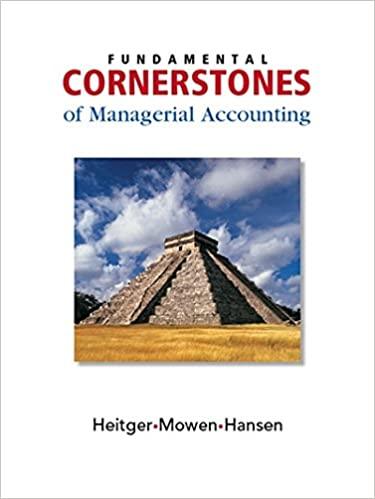Question
A consumer visiting an amusement park has a budget of $3600 and preferences U(x,y) =xy^2 over rides (x) and the composite good (y), with prices
A consumer visiting an amusement park has a budget of $3600 and preferences U(x,y) =xy^2 over rides (x) and the composite good (y), with prices pX = 3 and pY = 1.
In addition to the single ride tickets for pX = 3, the park also sells a promotional bundle ticket of 1000 rides for $2100 (you cannot buy multiple of these bundle tickets; but just one).\
(a) Draw the feasible (budget) set of the consumer who buys this bundle ticket and the budget set of the consumer who doesnt buy this bundle ticket, on the same graph, with all relevant intercepts, slopes, intersections and other points.
(b) Calculate the optimal bundle for the consumer. Does she buy the bundle ticket or not?
(c) If the bundle ticket for $2100 gave permission for x rides in general (rather than 1000), what should x at least be, so that she would prefer buying the bundle ticket (to not buying)?
Step by Step Solution
There are 3 Steps involved in it
Step: 1

Get Instant Access to Expert-Tailored Solutions
See step-by-step solutions with expert insights and AI powered tools for academic success
Step: 2

Step: 3

Ace Your Homework with AI
Get the answers you need in no time with our AI-driven, step-by-step assistance
Get Started


